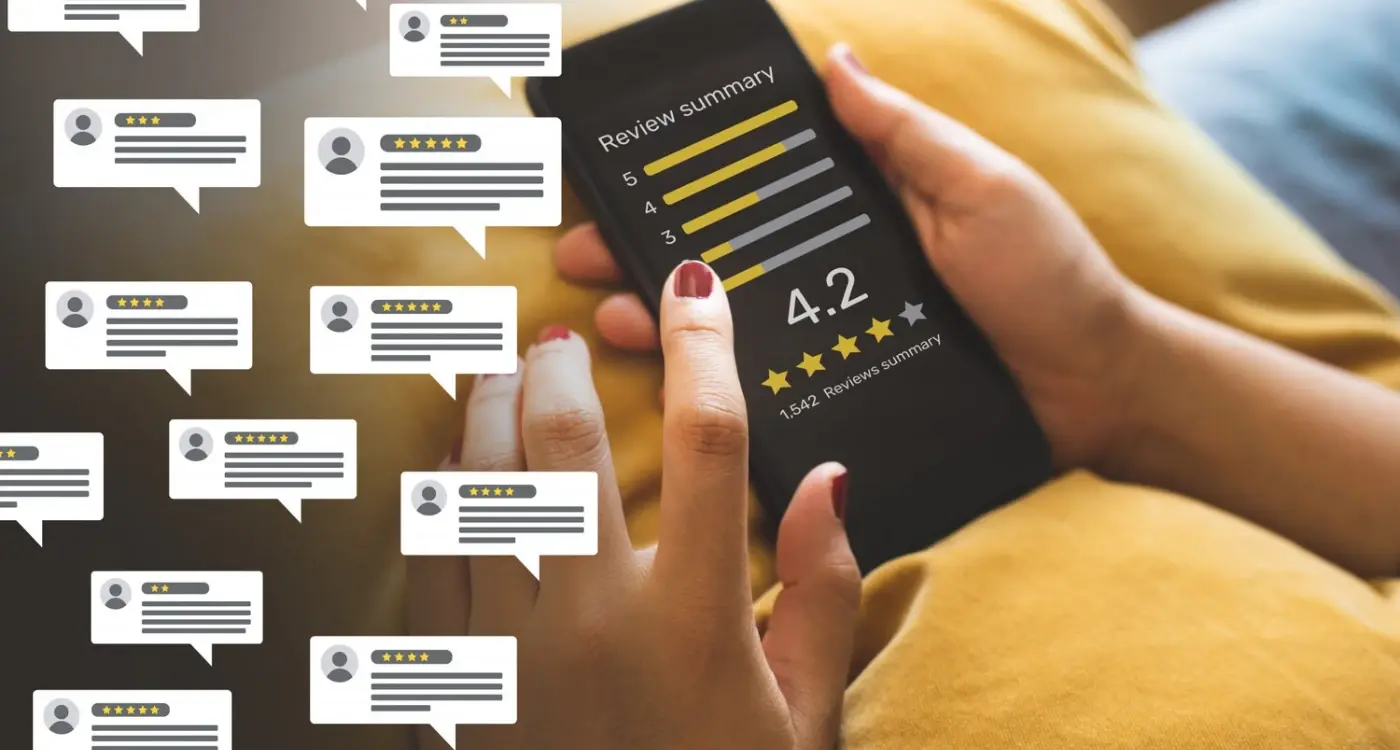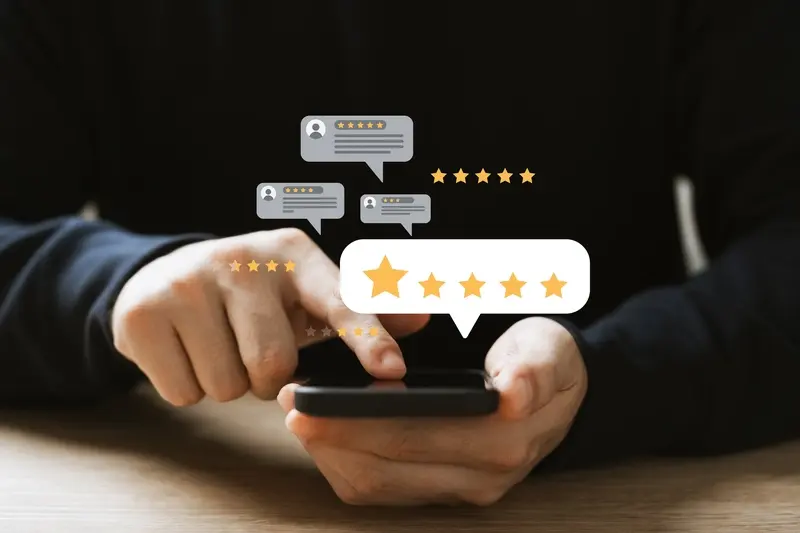How Do I Build an App Community That Promotes Itself?
Building an app is one thing—getting people to stick around and actually talk about it is something else entirely. I've watched countless brilliant apps launch with all the right features, polished interfaces, and solid functionality, only to see their user bases dwindle after the initial download spike. The problem isn't usually the app itself; it's that there's no real reason for users to come back, engage with each other, or share their experiences with friends.
You see, most developers focus on building features that solve problems, which is great, but they forget about building the social glue that keeps people connected to the app long-term. An app community that promotes itself doesn't just happen by accident—it needs to be designed into the very fabric of your application from day one. When users start creating content, sharing achievements, and helping each other out, that's when your app transforms from just another tool into something people genuinely care about.
The best app communities feel less like marketing campaigns and more like places people actually want to spend time in
After years of building apps for clients across different industries, I've seen what works and what doesn't when it comes to organic growth through community building. The apps that really take off are the ones that give users reasons to create content, share their progress, and invite others to join them. It's not about gaming the system or manufacturing fake engagement—it's about understanding what naturally motivates people to participate and share, then building those motivations directly into your app's core experience. That's exactly what we'll explore in this guide.
Understanding Your Community's Core Purpose
Before you write a single line of code for your community features, you need to answer one question: why should people bother joining? I know it sounds obvious, but you'd be surprised how many apps I've worked on where the community element feels like an afterthought—just another feature ticked off a list.
Your community's purpose isn't just about what people do in your app; it's about what they get out of being part of something bigger. Are they learning new skills? Sharing their achievements? Finding people who understand their struggles? Getting expert advice? The most successful app communities I've helped build all have one thing in common—they solve a real social need that users can't easily get elsewhere.
Identifying Your Community's Unique Value
Think about your app's main function first. A fitness app might build community around motivation and accountability. A cooking app could focus on recipe sharing and meal inspiration. But here's the thing—you can't just copy what works for other apps. Your community needs to feel native to your specific user base and their particular needs.
I always tell clients to look at what their users are already trying to do outside the app. Are they posting about your product on social media? Asking questions in forums? Creating their own groups? That's where your community features should live—filling gaps that already exist in your users' behaviour.
Common Community Purposes That Work
- Knowledge sharing and learning from experts
- Peer support and motivation
- Showing off achievements and getting recognition
- Finding people with similar interests or goals
- Getting feedback and advice from the community
- Discovering new content through recommendations
The key is picking one primary purpose and building everything around that. Communities that try to be everything to everyone usually end up being nothing to anyone. Trust me, I've seen it happen more times than I'd like to count!
Creating Social Features That Drive Engagement
When I'm designing social features for apps, I always start with one simple question: why would someone want to share this? And honestly, most people get this completely wrong. They think social features means adding a "share to Facebook" button or letting users follow each other, but that's not what drives real engagement—that's just the plumbing.
The social features that actually work are the ones that make users look good to their friends. Think about it—when someone posts their workout on a fitness app, theyre not just sharing data; they're showing off their dedication. When they complete a level in a learning app, they want to demonstrate their progress. The best social features tap into peoples natural desire to present their best selves.
Start with features that highlight user achievements and progress, not just activity. People share success stories, not mundane updates.
Features That Actually Get Used
I've seen apps waste months building complex social networks that nobody uses, when simpler features would have driven much more engagement. Here's what actually works in practice:
- Progress sharing with visual elements (charts, badges, before/after comparisons)
- Collaborative challenges that require friends to work together
- Comment systems that let users help each other solve problems
- Leaderboards that reset regularly so everyone gets a chance to shine
- Private groups around specific interests or goals
The key is making social interaction feel natural, not forced. When users genuinely want to engage with each other because it adds value to their experience, that's when your app community starts to grow organically. Everything else is just noise.
Building User-Generated Content Systems
User-generated content is the lifeblood of any self-promoting community—but here's the thing, most people get it completely wrong. They think if you just add a comment box or photo upload feature, users will magically start creating content. It doesn't work like that, trust me.
The secret is making content creation feel natural and rewarding from day one. I've seen apps fail because they asked too much too soon; users open the app, see an empty feed, and immediately bounce. You need seed content and you need to make the creation process stupidly simple.
Start with low-effort content types. Photo sharing before video creation. Simple ratings before detailed reviews. One-click reactions before lengthy comments. Each piece of content should feel like a tiny win for the user, not homework they have to complete.
Making Content Creation Irresistible
The apps that nail user-generated content understand something fundamental—people create content for themselves first, others second. They want to document their progress, show off achievements, or simply organise their thoughts. If your app makes this personal value clear, the social sharing becomes a natural extension.
Template systems work brilliantly for this. Give users structured ways to share their experiences. "Rate your workout: Energy level? Difficulty? Would you do it again?" is much easier than "Tell us about your workout." The structure removes the blank page problem that kills content creation before it starts.
And honestly? Don't overthink the technical side. Focus on the psychology first. Why would someone want to create content in your app when they could just post on Instagram instead? Answer that question properly, and the features you need to build become obvious.
Designing Reward Mechanisms That Work
Right, let's talk about rewards—because honestly, getting this wrong is one of the fastest ways to kill your app community before it even gets started. I've seen brilliant apps with engaged users turn into ghost towns because someone thought throwing badges at people would magically create loyalty. It doesn't work like that.
The key thing to understand is that rewards need to feel meaningful, not manufactured. Sure, people like getting points and unlocking achievements, but what they really want is recognition for their contributions and access to things that genuinely matter to them. When I'm designing reward systems, I always start with this question: what do your community members actually value?
Types of Rewards That Actually Drive Behaviour
There's basically three types of rewards that work in app communities. First, you've got recognition rewards—things like highlighting top contributors, featuring user-generated content, or giving people special titles that show their expertise. These tap into people's natural desire to be seen and appreciated by their peers.
Then there's access rewards. These are my personal favourite because they create genuine value. Think early access to new features, exclusive content, or the ability to influence app development through surveys and beta testing. One fintech app I worked on gave their most active community members early access to new investment tools—the engagement rates went through the roof.
The most successful reward systems don't just give people things; they make people feel like they're part of something bigger than themselves.
Finally, you have practical rewards—things that save time, money, or effort. Discounts, premium features, or tools that make the app more useful. But here's the thing: these need to be tied to behaviours that actually help your community grow. Rewarding people for inviting friends? Good. Rewarding them for just opening the app daily? That's just paying for fake engagement.
Establishing Community Guidelines and Moderation
Right, let's talk about something that makes or breaks communities—moderation. I've seen brilliant app communities turn toxic overnight because nobody thought about guidelines until it was too late. And trust me, once your community gets a reputation for being a bit rough around the edges, it's bloody hard to turn that ship around.
The thing is, your community guidelines aren't just rules—they're the DNA of your app's culture. When I'm working with clients on this, I always tell them to think about what behaviour they want to encourage, not just what they want to stop. Sure, you need the obvious stuff like "no hate speech" and "be respectful," but the magic happens when you define what good looks like.
What Your Guidelines Should Cover
- Clear rules about content sharing and copyright
- Guidelines for giving feedback to other users
- What counts as spam or self-promotion
- How to report problems or inappropriate content
- Consequences for breaking community rules
- Examples of the kind of posts that make your community brilliant
Now here's where it gets tricky—moderation at scale. You can't moderate everything manually (I mean, you could, but you'd go mad). The apps that get this right use a mix of automated tools for the obvious stuff and human moderators for the nuanced decisions. Community members themselves often become your best moderators if you give them the right tools and recognition.
One thing I've learned over the years? Start strict and loosen up later. It's much easier to relax rules than it is to tighten them once people are used to a certain standard. Your early community members will set the tone for everyone who comes after.
Launching Your Community the Right Way
Right, so you've built all these social features and you're ready to launch your app community. But here's the thing—most people get this bit completely wrong. They think launching means flipping a switch and hoping for the best. Actually, it's more like planting a garden; you need the right conditions from day one or nothing will grow properly.
The biggest mistake I see is launching to everyone at once. Your servers crash, your moderation team gets overwhelmed, and your early users have a terrible experience. Instead, start small. Really small. I'm talking about inviting maybe 50-100 people who you know will actually engage with your app community features.
The Soft Launch Strategy
Here's what works: launch in phases. Week one, invite your most engaged beta users and maybe some friends and family. These people will forgive the odd bug and give you honest feedback about your social features. Week two, expand to your email list subscribers. Week three, maybe try some organic social media posts.
Never launch your app community on a Friday afternoon. Launch on a Tuesday or Wednesday when you can monitor everything and fix problems quickly. Trust me on this one!
Monitor everything during these first few weeks. How many people are creating user-generated content? Are your reward systems working? Is organic growth starting to happen naturally? If something isn't working, fix it before scaling up.
Creating Your Launch Checklist
Before you go live, make sure you have these basics sorted:
- Community guidelines clearly visible and easy to understand
- Moderation tools working properly (you'll need them sooner than you think)
- Push notification system set up for community interactions
- Analytics tracking for all social features and user engagement
- Customer support team briefed on community-specific issues
- Content seeding plan—don't launch to an empty community
That last point is crucial. Nobody wants to be the first person at a party. Seed your community with some interesting content, discussions, or challenges before your users arrive. It makes a massive difference to that first impression.
Right, so you've built your community features and people are actually using them—but how do you know if things are going well? I mean, downloads are one thing, but community health is a completely different beast altogether.
The metrics that matter most aren't always the obvious ones. Sure, we track daily active users and session length, but for communities you need to dig deeper. I look at what I call "participation depth"—how many users are actually contributing content versus just consuming it? A healthy community typically sees about 10-15% of users actively posting or commenting; the rest are lurkers, and that's perfectly normal.
What Numbers Actually Tell You Something
Response time between posts is massive. If someone shares something and it sits there for hours without engagement, that's a red flag. Healthy communities have what feels like conversations, not monologues. I track the average time between a post and its first response—anything under 30 minutes during peak hours suggests you've got genuine momentum.
User retention curves tell the real story though. New community members should be sticking around longer than regular app users. If they're not, your onboarding process probably needs work, or frankly, your community just isn't that interesting yet.
Spotting Problems Before They Become Problems
Watch for clustering—when the same small group of people dominate all conversations. It's not sustainable and new users feel left out. I set up alerts when any single user accounts for more than 20% of daily posts.
The health of your community often shows up in support ticket volume too. Happy communities generate fewer complaints and more feature requests. When people start asking for better ways to interact, you know you're onto something good.
Conclusion
Building an app community that promotes itself isn't rocket science, but it does require patience and a genuine understanding of what makes people tick. I've seen countless apps try to force community growth through fancy features and expensive marketing campaigns, only to end up with ghost towns that nobody wants to visit twice.
The apps that succeed? They start small and focus on creating real value for their users. They understand that organic growth comes from people who are genuinely excited about what you've built—not from users who've been bribed with rewards to stick around. When someone shares your app because it actually solved a problem or made them laugh, that's worth more than a hundred paid downloads.
Your community's core purpose should be crystal clear from day one. Social features need to feel natural, not tacked on. User-generated content has to serve a real purpose beyond just filling up space. And your reward mechanisms? They should celebrate the behaviour you want to see, not just throw points at everything that moves.
The moderation bit is probably the least glamorous part of community building, but its absolutely crucial. I've watched promising communities fall apart because nobody was minding the shop when things got messy.
Remember, you're not just building an app community—you're creating a space where people want to spend their time and invite their friends. Focus on making that experience genuinely worthwhile, and the self-promotion will happen naturally. Users become your best marketing team when they have something worth talking about.
Share this
Subscribe To Our Learning Centre
You May Also Like
These Related Guides

How Quickly Should I Respond To App User Complaints?

Should I Pay for App Reviews or Grow Them Naturally?



